I want to proof Quality Factor of 2nd order system is \$ \frac{1}{2 \times \zeta} \$ ;
that is
$$if \quad H(s)= \frac{k \times \omega_n^2}{s^2 + 2 \times \zeta \times \omega_n \times s + \omega_n^2} \quad
then \quad Q= \frac{1}{2 \times \zeta} $$
Now how can i proceed?
